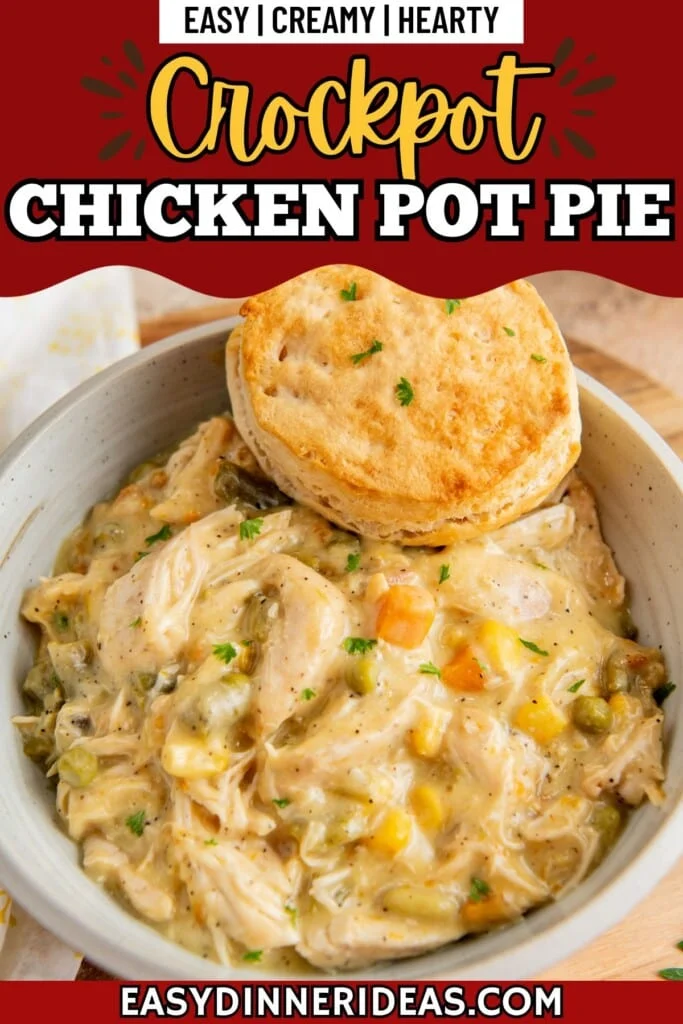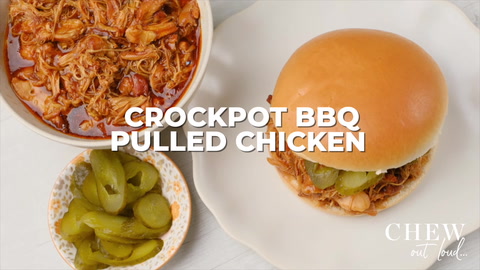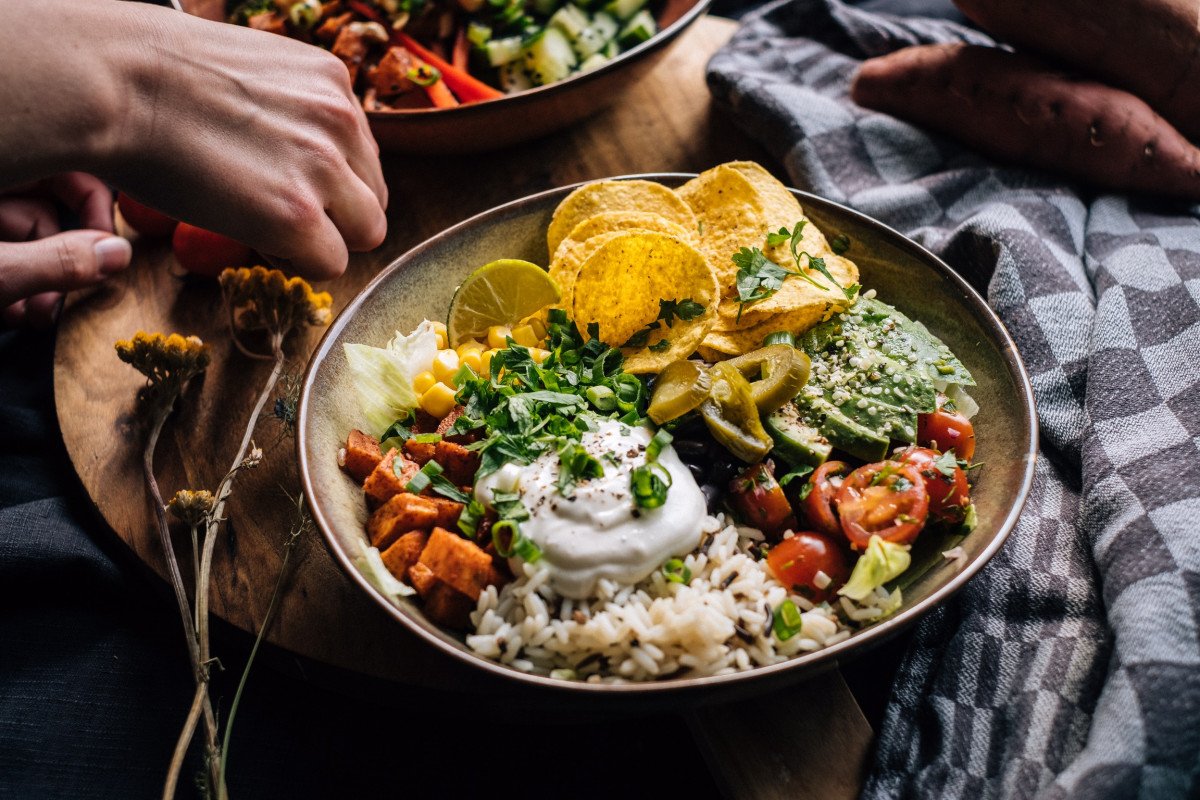Is Pectin Vegan? A Complete Guide to Understanding This Common Food Ingredient
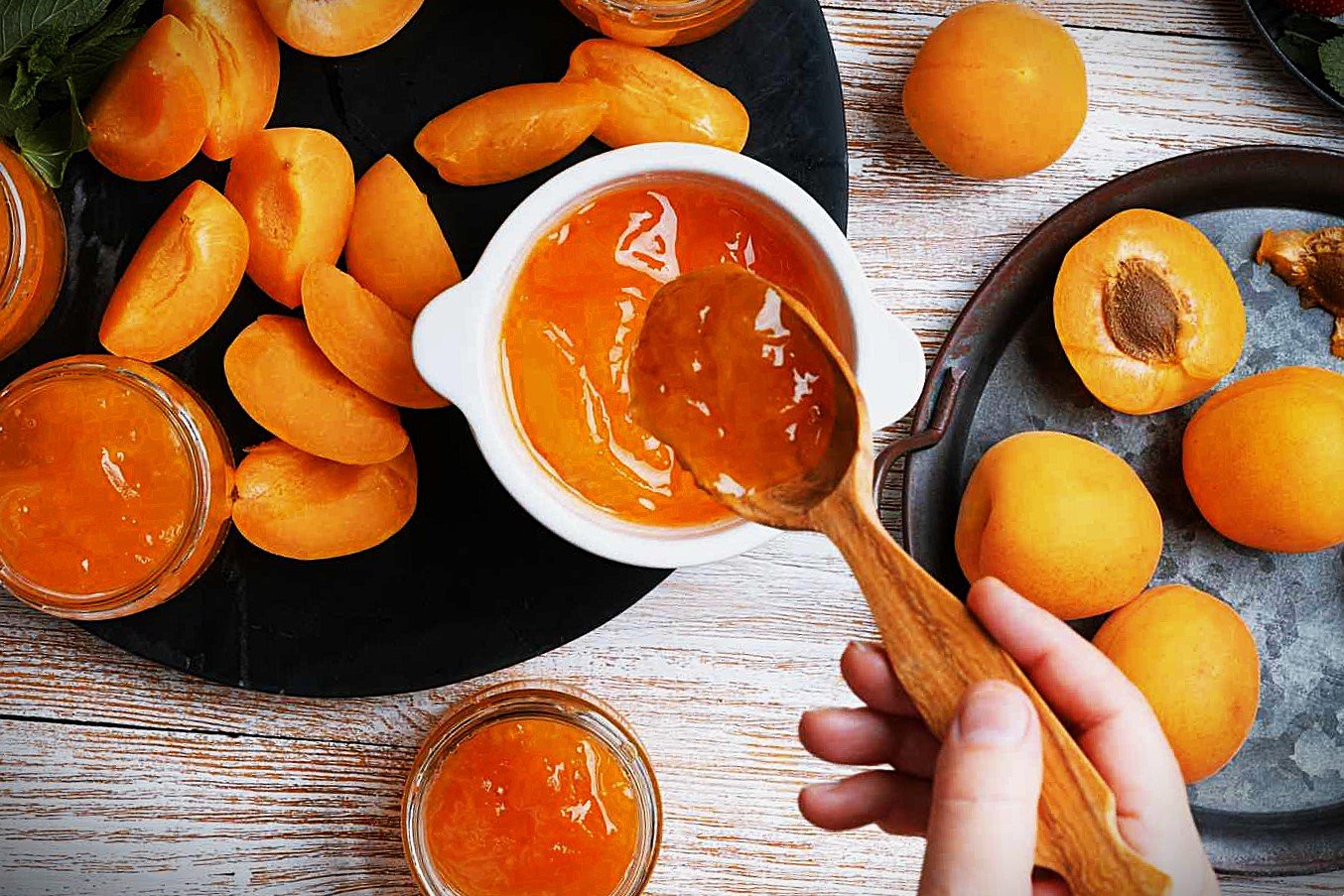
Prolusion
still, jelly, or marmalade, if you’ve ever made jam. It’s the magic Is Pectin Vegan element that thickens fruit spreads and gives them that perfect gel- suchlike viscosity. Beyond home cuisine, pectin is widely used in marketable food products, from sticky delectables to fruit preserves and, indeed, certain baked goods. But as factory- rested diets continue to grow in popularity, numerous people are asking the same important question: Is pectin vegan?
The short answer is yes — pectin is naturally derived from plants, making Is Pectin Vegan it vegan-friendly. Still, as with numerous food constituents, the longer answer requires a closer look at how it’s made, how it’s used, and whether any exceptions exist. In this comprehensive companion, we’ll explore the origins of pectin, its role in food products, implicit enterprises for insectivores, druthers, and how you can use it in your cuisine.
By the end, you’ll not only know the answer to is pectin vegan? But also understand why it plays such an important part in both home kitchens and the global food industry.
What Exactly Is Pectin?
Pectin is a naturally occurring polysaccharide ( a type of carbohydrate) found in the cell walls of fruits and vegetables. It’s especially abundant in citrus peels and apple pomace( the pulp left after juicing apples). Its primary part in shops is to bind cells together, giving fruit firmness.
When pulled and reused, pectin becomes a Is Pectin Vegan gelatinizing agent. When combined with sugar and acid, it transforms fruit authorities into jellies, spreads, and sticky- suchlike textures. This makes it necessary for food preservation and confectionery products.
Is Pectin Vegan? The Straightforward Answer
Yes, pectin is vegan. Because it comes entirely from factory resources — primarily fruits — pectin contains no beast products. Unlike gelatin, which is derived from beast collagen, pectin is extracted from citrus peels, apples, and other fruit sources.
This distinction is vital while numerous sticky delectables, marshmallows, and delectables traditionally made with gelatin, companies increasingly use pectin as a vegan alternative to meet the growing demand for factory- rested foods.
How Is Pectin Made?
To completely understand why pectin is vegan, it’s useful to look at how it’s produced
Source paraphernalia: Citrus peels and apple pomace Is Pectin Vegan are the most common raw paraphernalia. Both are derivations of the juice industry, making pectin an environmentally friendly element.
BirhBirtraw material is boiled in hot water with acid to release pectin from the factory cell walls.
Sanctification: The liquid extract is filtered to remove contaminants.
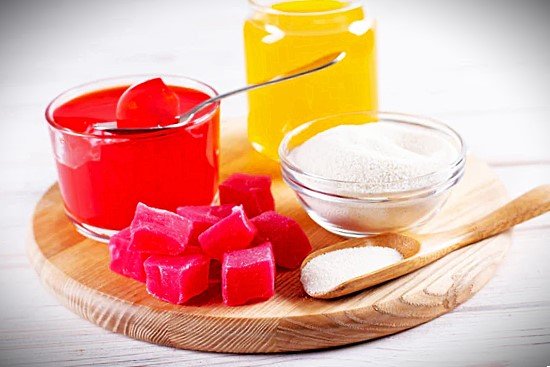
Rush Alcohol( generally isopropanol or ethanol) is added to make the pectin precipitate out of the result.
Drying & Milling The pectin is dried, ground into a fine po,,wder and packaged for use in foods.
Since all of these ways involve material and no beast-derived processing agents, the result is a vegan element.
Why Confusion Exists: Pectin vs. Gelatin
. Numerous people confuse pectin with gelatin because both act as gelatinizing agents. still, they’re naturally different
Pectin – factory- rested( citrus fruits, apples) → Vegan
Gelatin – Beast- rested( boiled skin, bones, cartilage) → Not Vegan
This confusion is especially common when looking at delectables and sticky snacks. Some are made with gelatin( not vegan), while others are made with pectin( vegan-friendly). Always check markers if you’re doubtful.
Types of Pectin and Their Uses
Not all pectins bear the same way. Different types are used depending on the form or food product.
High- Methoxyl Pectin( HM Pectin)
Requires sugar and acid to gel.
Used in traditional logjams and jellies.
Low- Methoxyl Pectin( LM Pectin)
Gels with calcium rather than sugar.
Great for low-sugar or sugar-free jams.
Amidated Pectin( LMA Pectin)
Modified form of LM pectin.
Offers further harshness and forbearance in fashions.
All of these kinds are still vegan since they’re derived from factory sources.
Foods That Generally Contain Pectin
You may be surprised at just how constantly pectin shows up in everyday foods. Common uses include
logjams and Jellies – Gives them that classic thick spreadable texture.
Fruit Authorities – habituated to stabilize and clarify authorities.
Sticky delectables – Provides a vegan alternative to gelatin- rest gummies.
Yogurts & Dairy Alternatives – Adds creaminess and stability.
Burned Goods – Helps retain humidity and amelioratetexture.
Glazes & gravies – Thickens without beast- rested constituents.
Is Pectin Always Vegan? Implicit enterprises
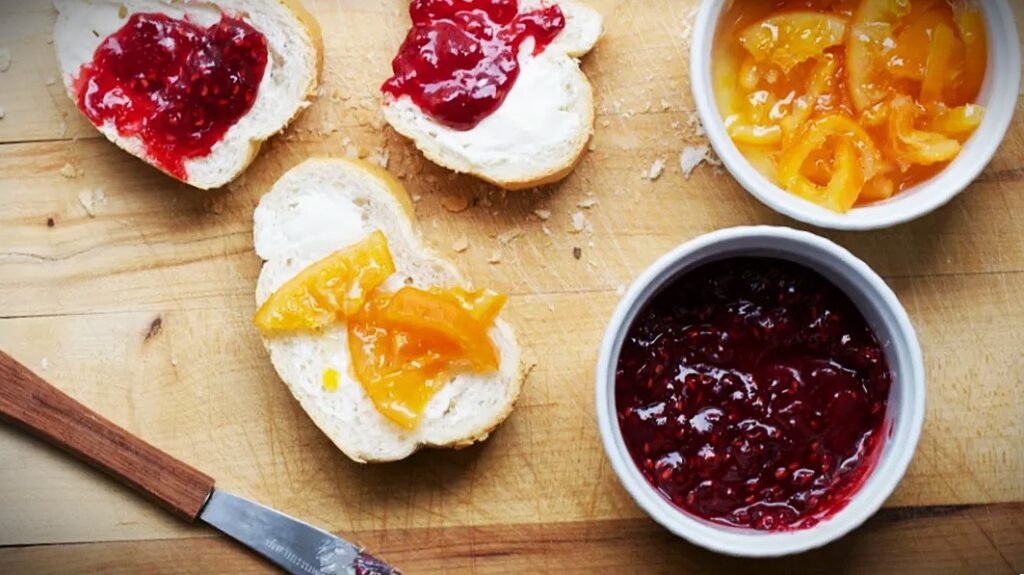
While pectin itself is vegan, insectivores should be conservative about the foods that contain it. Also’s why
Complements and mixes – Some marketable pectin maquillages contain complements like sugar or calcium mariners. These are generally vegan, but sometimes, sugar may be reused with bone housekeeper( though rare in pectin products.
Cross-Contamination – In reused foods, pectin may be combined with non-vegan constituents like gelatin, dairy, or honey.
Markers – “ Fruit pectin ” is safe, but always check the other constituents in a product before assuming it’s vegan.
Vegan Alternatives to Gelatin( Beyond Pectin)
While pectin is the most popular vegan cover for gelatin, it’s not the only one. Other factory-rested gelatinizing agents include
Agar- Agar – Made from red seaweed; generally used in Asian delicacies
Carrageenan – pulled from seaweed; used in puddings and dairy-free products.
Kudzu Root bounce – Thickening agent with a long history in Japanese cuisine.
Cornstarch & Tapioca bounce – Useful for thickening gravies and delectables, though not true gelatinizing agents.
These druthers illuminate that insectivores have numerous options when it comes to making foods with a gelatin-like texture.
Cuisine Pectin at Home
still, also there there are a multitude of ideas
If you want to experiment with pectin in your kitchen.
Manual Strawberry Jam( Vegan)
constituents
4 mugs of strawberries
3 mugs sugar( or vegan sugar cover)
¼ mug bomb juice
1 packet fruit pectin
Instructions
Mash strawberries and mix with bomb juice in a large pot.
Add pectin and bring to a boil.
Stir in sugar and boil for 1 nanosecond.
Pour into devitalized jars and seal.
Vegan Gummy Candy with Pectin
constituents
1 mug fruit juice( apple, grape, or berry)
2 tbsp pectin
2 tbsp sugar or maple saccharinity
1 tsp bomb juice
Instructions
Heat juice, bomb, and sugar in a saucepan.
Whisk in pectin until dissolved.
Pour into molds and let set in the fridge.
These fashions show just how protean and useful pectin is for vegan cuisine.
Environmental Impact of Pectin
Pectin is not only vegan but also eco-friendly because it’s constantly derived from byproducts of the juice industry ( like citrus peels and apple pulp, and its product reduces waste. Rather than discarding these paraphernalia, manufacturers turn them into precious food constituents. This makes pectin a sustainable choice compared to beast-derived gelatin.
FAQs About Pectin and Veganism
Q Is pectin the same as gelatin?
A No. Pectin is factory-rested and vegan, while gelatin comes from beast collagen.
Q Can pectin be used in low-sugar sweets?
Yes, low-methoxylpectin works with calcium rather than sugar, perfect for low-sugar fashions.
Q Are pectin-resting gummies vegan?
A Yes, as long as non-vegan complements( like dairy or honey) are included.
Q Is pectin gluten-free?
Yes, pectin is naturally gluten-free.
Conclusion
So, is pectin vegan? The answer is a resounding yes. Pectin is a factory-derived element most generally sourced from citrus peels and apples, making it fully vegan-friendly. Unlike gelatin, which is beast-rested, pectin provides a atrocity-free way to croquette logjams, jellies, delectables, and innumerable other foods.
For insectivores, pectin opens up a world of possibilities in the kitchen. From manual spreads to tough gummies, it allows you to enjoy foods traditionally made with gelatin without compromising your values. Not only that, its sustainability and eco-friendly product make it a responsible choice in the modern system.




